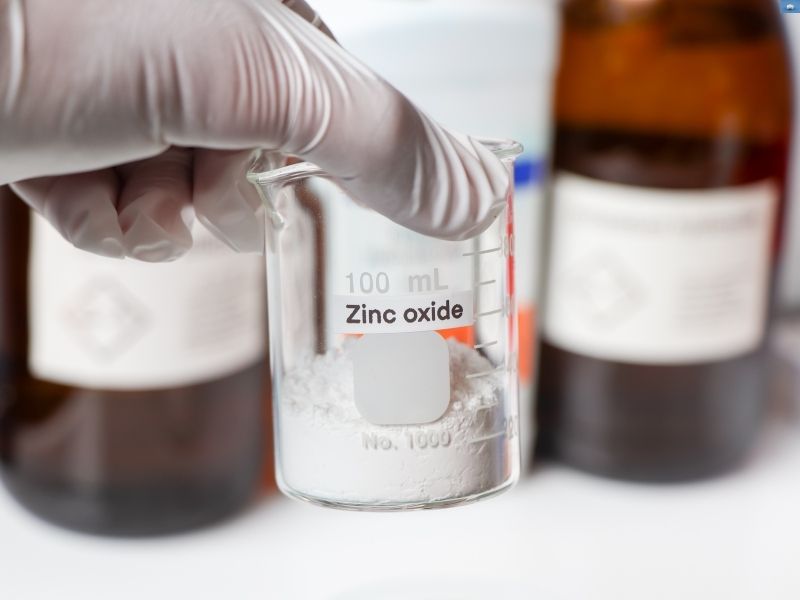The price of zinc oxide has shown noticeable volatility in recent years, driven by a combination of global economic shifts, supply chain interruptions, and evolving demand across various industries. As a vital raw material used in rubber, cosmetics, pharmaceuticals, and coatings, its cost dynamics can significantly affect production budgets and market strategies. Understanding what causes these price changes is essential for manufacturers and buyers alike, particularly as industrial reliance on zinc oxide remains high.
Key Factors Influencing the Price of Zinc Oxide
Zinc oxide is a white powdery chemical compound made up of zinc and oxygen. This compound has a variety of uses, particularly in the medical, cosmetic, and industrial fields.
In the medical world, zinc oxide is widely used for its ability to protect and care for the skin. Its anti-irritant and protective properties make it a key ingredient in various products such as ointments, creams, and lotions.
Zinc oxide is effective in reducing skin inflammation, forming a barrier against excess moisture, and accelerating the healing process of wounds or minor skin irritations. Because of these benefits, this compound is often used in baby skin care products, sunscreens, and other topical medications.
A major determinant in the price of zinc oxide is the cost and availability of its primary raw material zinc. Any fluctuation in zinc ore prices directly affects the final cost of zinc oxide. In times of global economic uncertainty or when mining operations are disrupted by environmental regulations or labor shortages, zinc prices tend to spike. Consequently, manufacturers are compelled to adjust their output pricing.
Another contributing factor is energy cost. The production of zinc oxide is energy-intensive, especially in processes like the French method, which involves vaporizing metallic zinc. Rising fuel or electricity prices, often linked to geopolitical tensions or seasonal demand, lead to higher overheads in production, influencing overall pricing trends.
Demand variations across industries also play a pivotal role. For instance, the tire and rubber industries, which consume a large share of global zinc oxide output, can cause seasonal demand surges. A rise in vehicle manufacturing or infrastructural projects will typically elevate zinc oxide demand, thereby increasing its market price.
Regional Supply Chain Dynamics
The global zinc oxide market is unevenly distributed, with countries like China and India being significant producers. Any policy change in export regulations, environmental restrictions, or freight cost increases in these regions can influence international pricing. For example, tighter environmental controls in China have, at times, reduced output, leading to price hikes globally.
Market Speculation and Future Pricing Trends
Beyond fundamental supply-demand dynamics, speculative trading also contributes to pricing volatility. Investors who anticipate shifts in industrial demand or geopolitical developments may influence short-term prices through market speculation. In such cases, the zinc oxide pricing can spike or dip independently of physical supply trends.
Conclusion
In an era of supply chain disruptions, policy shifts, and technological innovation, staying informed about the price of zinc oxide has become more important than ever for stakeholders. Whether influenced by raw material costs, global demand trends, or speculative behavior, the pricing landscape is constantly evolving. By monitoring these critical factors, industries dependent on zinc oxide can adapt purchasing strategies, anticipate cost shifts, and ensure business continuity amid market unpredictability. The will likely remain dynamic, reflecting a broader pattern of industrial change and global economic complexity.

